Linear and point light sources
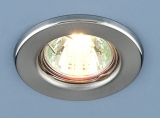 By size, all sources of the World can be conditionally divided into two groups:
By size, all sources of the World can be conditionally divided into two groups:
-
point,
-
linear.
A point light source is called a light source whose dimensions are so small compared to the distance to the radiation receiver that they can be neglected.
In practice, a point light source is considered to be one whose maximum size L is at least 10 times smaller than the distance r to the radiation receiver (Fig. 1).
For such sources of radiation, the illuminance is determined by the formula E = (I / r2)·cosα,
where E, I — the surface illumination and light intensity of the radiation source, respectively; r is the distance from the light source to the photodetector; α — the angle by which the photodetector has shifted from the normal.
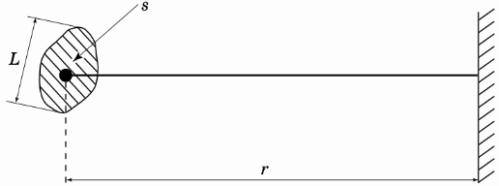
Rice. 1. Point light source
For example, if a lamp with a diameter of 10 cm illuminates a surface at a distance of 100 m, then this lamp can be considered a point source. But if the distance from the same lamp to the surface is 50 cm, then the lamp can no longer be considered a point source.A typical example of a point source of light is a star in the sky. The sizes of the stars are huge, but the distance from them to the Earth is many orders of magnitude greater.
Halogen and LED lamps for built-in lighting fixtures are considered point light sources in electrical lighting. An LED is practically a point light source because its crystal is microscopic in size.
Linear radiation sources include those emitters where the relative dimensions in each direction are greater than the dimensions of a point emitter. As the distance from the illuminance measurement plane increases, the relative dimensions of such a radiator can reach such a value that this source of radiation becomes a point source.
Examples of electric linear light sources: fluorescent lamps, linear LED lamps, with LED RGB-ribbons. But by definition, all sources that are not considered point sources can be attributed to linear (extended) light sources.
If from the point where a point source of radiation is located, the light intensity vectors are separated in different directions in space and a surface is drawn through their ends, then the photometric body of the radiation source will be obtained. Such a body fully characterizes the distribution of the radiation flux in space.
According to the nature of the distribution of light intensity in space, point sources are also divided into two groups. The first group consists of sources with a symmetrical distribution of light intensity relative to a certain axis (Fig. 2). Such a source is called circularly symmetric.
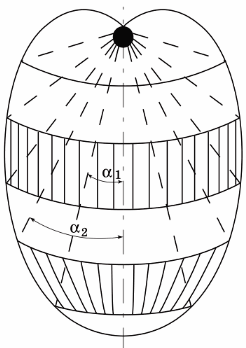
Rice. 2.Model of symmetrical radiator
If the source is circularly symmetric, then its photometric body is a body of rotation and can be fully characterized by vertical and horizontal sections passing through the axis of rotation (Fig. 3).
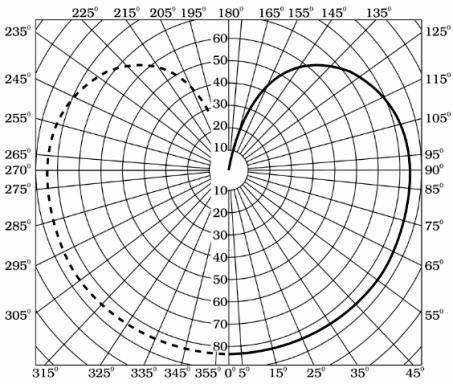
Rice. 3. Longitudinal curve of light intensity distribution of a symmetrical source
The second group consists of sources with an asymmetric distribution of light intensity. In an asymmetric source, the light intensity distribution body has no axis of symmetry. To characterize such a source, a family of longitudinal light intensity curves is constructed corresponding to different directions in space, for example after 30 °, as in Fig. 4. Usually such graphs are plotted in polar coordinates.
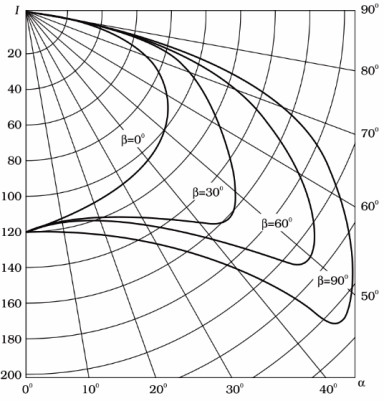
Rice. 4. Longitudinal curves of the light intensity distribution of an unbalanced source
